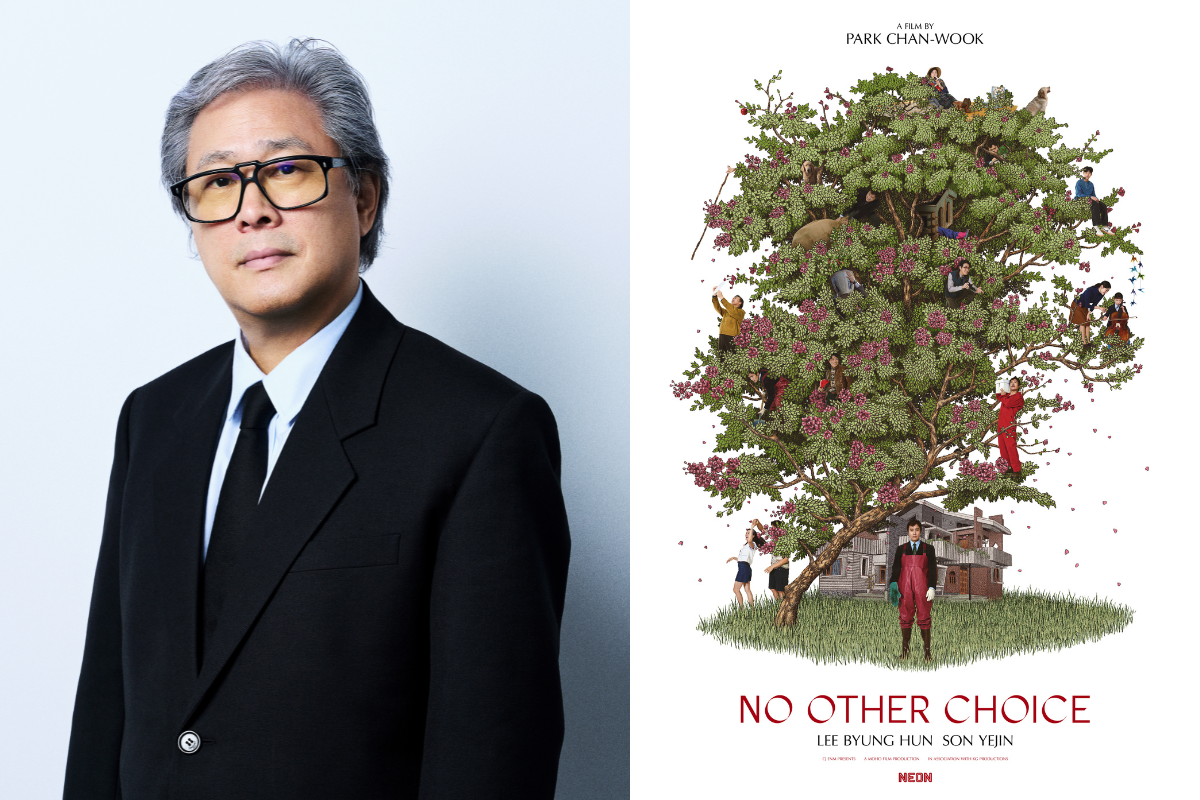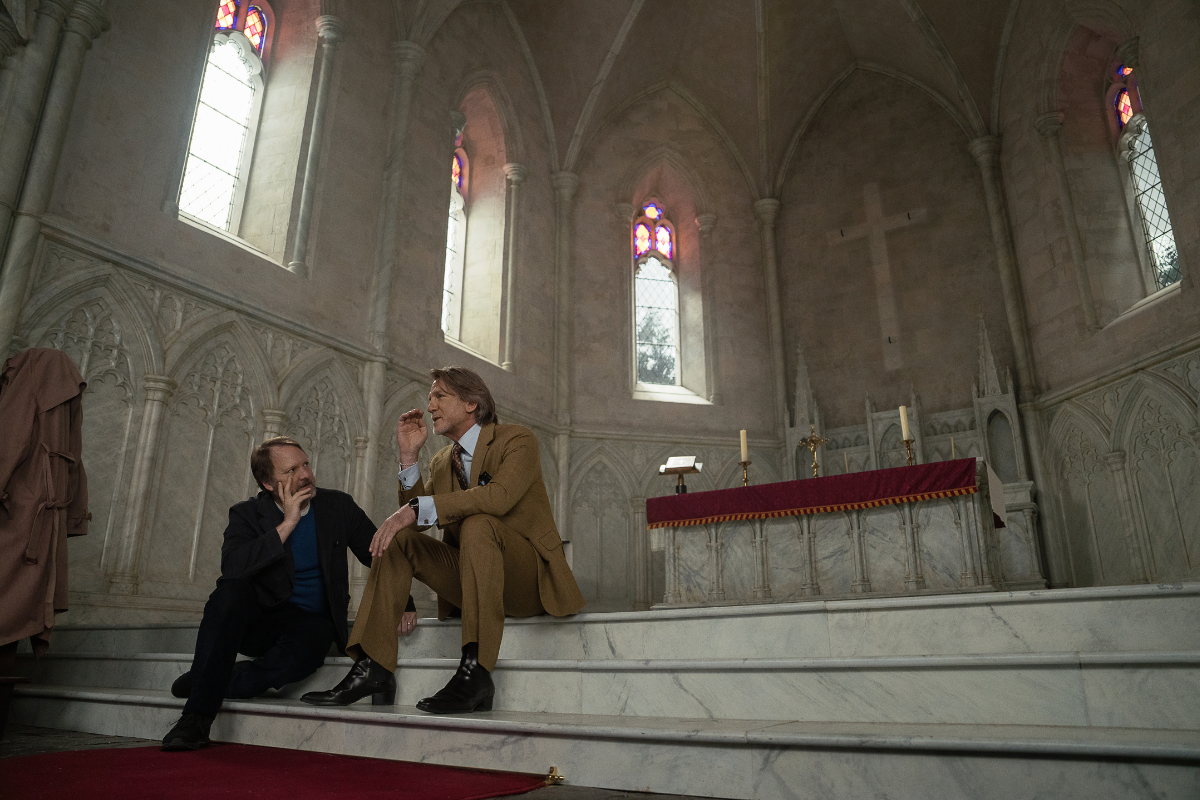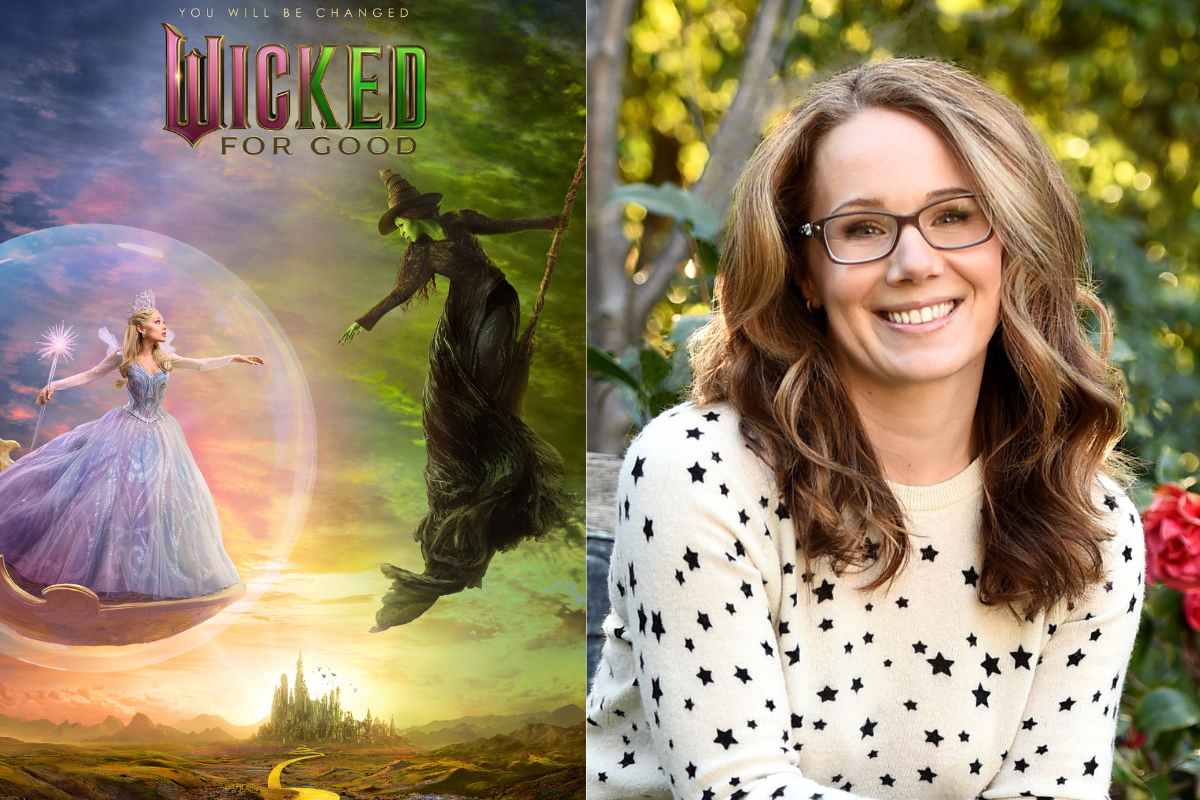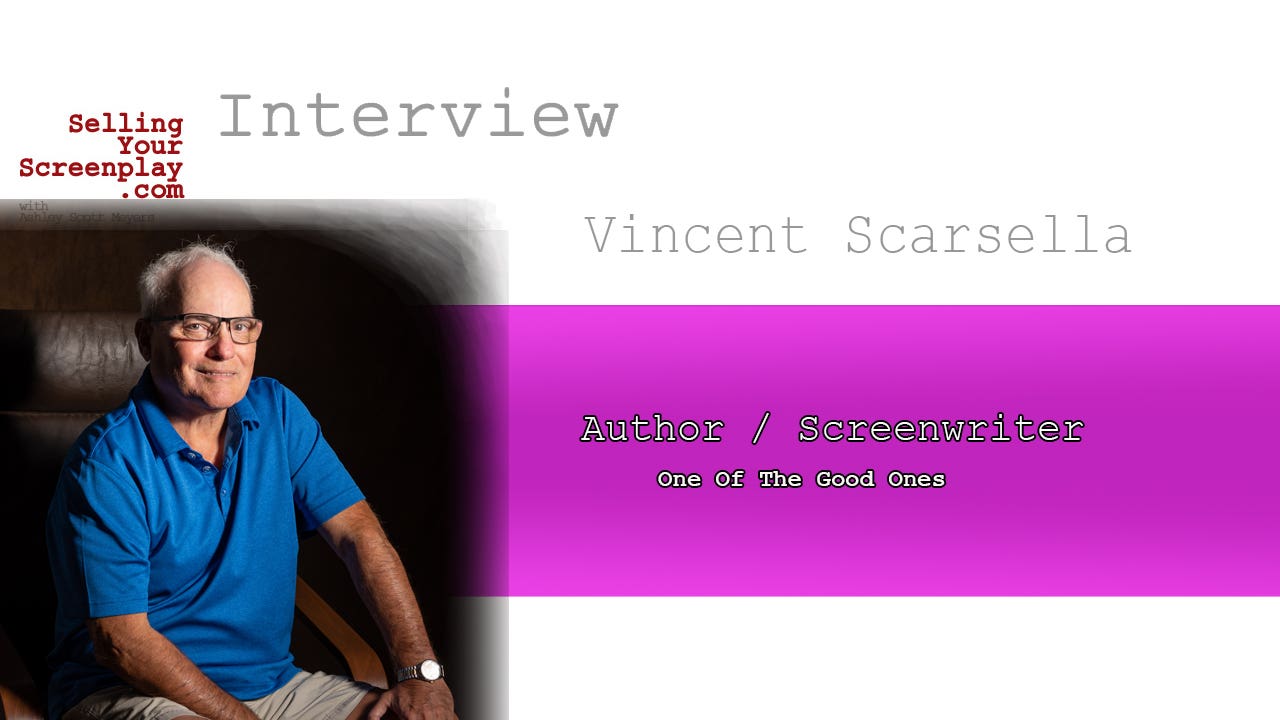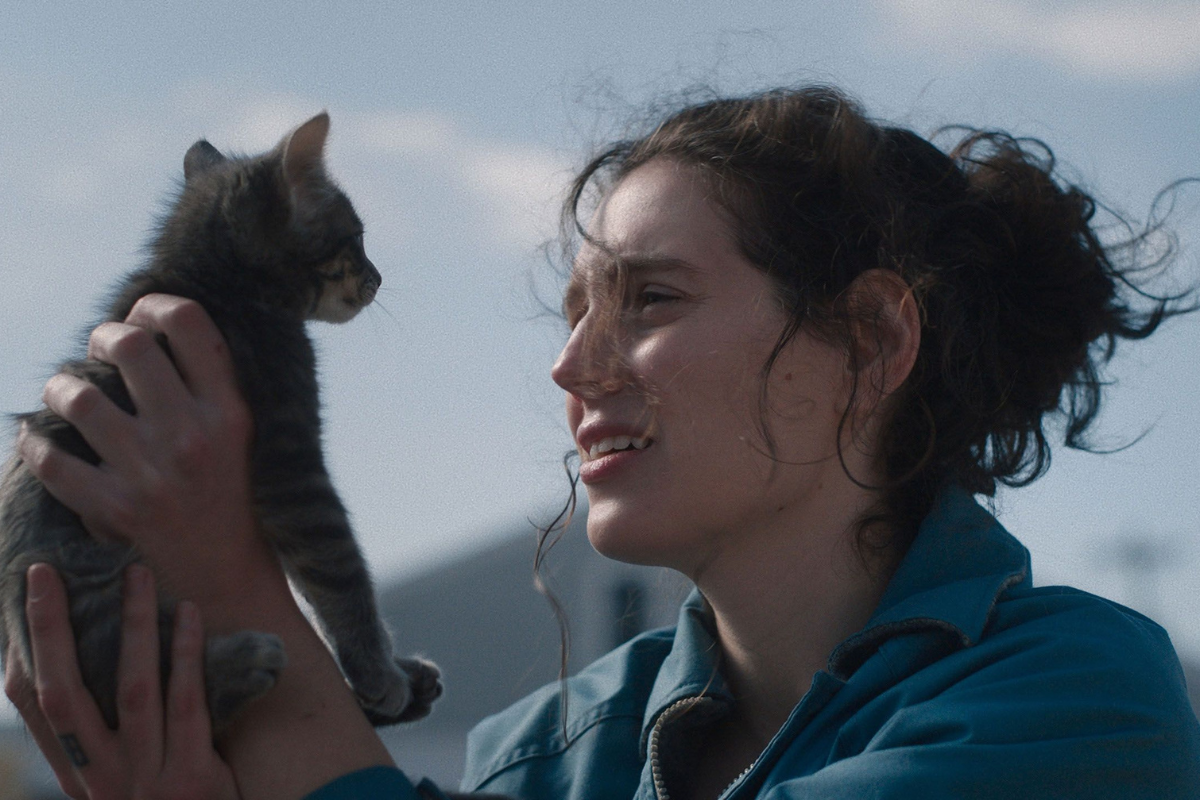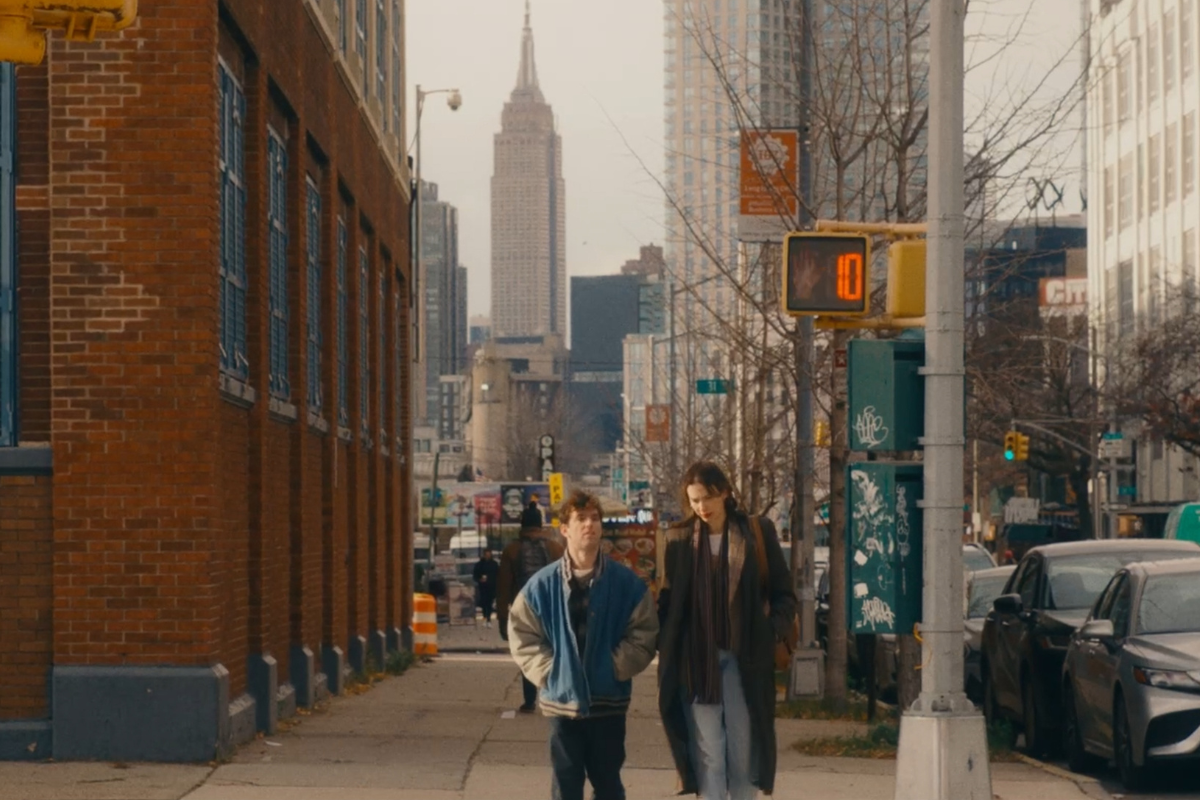Interview with Storyboard and Concept Artist, Filmmaker, and Musician Neil D’Monte
Script contributor Michael Lee Simpson interviews multi-hyphenate creative Neil D’Monte about his work as a storyboard and concept artist on some of the biggest blockbusters to date, the collaboration process with directors and DPs, and what inspired him to become a storyboard/concept artist.
Neil D'Monte (b. June 30) is an American artist, SAG-AFTRA film actor, musician, producer, and director born and raised in Chicago, Illinois. A graduate of the USC School of Fine Arts, Neil began his career as a comic book and storyboard artist, which segued into a successful acting career. The multi-hyphenate made his feature film debut in 2003 with Vampires Anonymous, followed by the box office blockbuster Pirates of the Caribbean: Dead Man's Chest. His theatrical training at Chicago’s prestigious Goodman Theatre allowed him to develop his skill at portraying offbeat and eccentric characters, for which he is quickly gaining notoriety among his peers in the film industry. In addition to his work as an actor and as a sought-after artist, he is currently recording as a drummer with guitarist Peter DiStefano (Porno for Pyros/Satellite Party), industrial-metal band Tweaker and former Smashing Pumpkins guitarist/bandmate James Iha (A Perfect Circle), playing music festivals like Coachella, Lollapalooza and SXSW. A staple at San Diego Comic-Con, Neil is also the co-creator/artist behind the graphic novel/vampire epic Clan of the Vein which was featured in the Lionsgate film Cooties and in MTV’s Teen Wolf – Seasons 5 and 6. Neil's latest artwork can be seen in the Summer Blockbuster, The Hitman's Wife's Bodyguard, and on Netflix with Awesomeness TV/Paramount’s The F**k It List.
With music and art still a huge passion for him, D’Monte is now taking on co-writing and directing as his next set of challenges. His short films The Ex and Jingle Trails are now streaming on Amazon Prime. The multi-hyphenate is also directing the comedy series Front Men which will be premiering soon on a variety of streaming platforms. Neil is also the current Head of Development and a Producer with Robots of Awesome/Sony Pictures. His feature-film directing debut, the supernatural thriller The Still, Small Voice is scheduled to start pre-production in Sept of 2022. Neil is represented by The Stevens Group.
One of your first films was The Mummy (1999) as a creature concept artist. Would the film have failed without its groundbreaking CGI?
Hi Michael and thank you for having me! That is a very good question. The Mummy was wonderful in so many ways. And yes, the addition of new CGI technology did make a nice impact on the film and in the film's overall look. But I really don't feel that the film would have "failed" as the cast and script were pretty awesome.
Your next film was Star Wars: Episode I - The Phantom Menace as a concept artist. Tell us about playing a role in resurrecting the franchise after so many years and working with George Lucas.
I did some work on the Phantom Menace video game and was asked to help out with some sketches of background aliens and vehicles for the film shortly thereafter. This was one of my first big jobs and I was a bit nervous, even though I was collaborating on such a small level. As most people know, I am the biggest old-school Star Wars fan. So for me, this was not only a dream but also very intimidating working alongside so many talented people. I never got to work with or directly meet George Lucas as I worked under the Art Director and Production Designer for both. But I do hope that will happen someday, especially with all the new Disney+ franchises!
You vacillate between working as a storyboard artist and a concept artist. How do the two differ from each other?
Both jobs are fascinating and have their own sets of challenges. Storyboard artists basically draw the movie, like a moving comic book and showing camera direction/movement, so that the director can communicate their ideas across to the cast and crew. Concept artists, on the other hand, come up with the overall look of the film in a visual development style, much like what you would do with a "lookbook.” They use contextualism and design the film's looks through world-building, whether it be costumes, characters, vehicles, prop designs, sets, architecture, technology, and locations - sometimes even helping with the overall color palette of the film/series.
What drew you to being a storyboard/concept artist in the first place?
I originally wanted to be a comic book penciler. I loved comic books and really thought that it would be kismet since I draw very fast and have a love of exploring camera angles. But, upon getting into that industry, the money was NOT AT ALL what I thought it would be. The amount of work you have to do (full detail) in addition to having an editor on your back calling the shots really did not equate to the salary/per page rate. In comics, you basically get what you can get away with. And when I gave creators my page rate quotes for my 'higher-end/Clan of the Vein' - level of detail, they just could not afford it.
A close friend, Nick Wagner, told me to try out storyboarding and explained to me what that was. He said it was like drawing comics only with less detail and you would just have to learn and show camera direction. I got a copy of Shot by Shot and looked at the section on storyboarding. Since I watch a lot of movies and TV, I picked it up within ten minutes of looking at it. And then, after having a really nice conversation with friend director Steve Miner, I found out how much storyboard artists make. So I immediately jumped on it!
It was pretty much the same for being a concept artist. My mom and dad always got me "making of" magazines when I was a kid. I saw the lavish concept illustrations that were published for making of books like The Empire Strikes Back, Alien and Blade Runner and even articles in Cinefx, Starlog and Famous Monsters. The paintings and sketches of Ralph McQuarrie, Syd Mead, and H.R. Giger as well as Moebius all really inspired me and taught me about "world-building.” From that point on, I was hooked!
What is the collaboration process between you, the director and the DP?
Pretty intensive, actually. I usually get the referrals by the producers or DP's but it is the director who actually picks and hires me. They usually ask for samples and my rate first. Once I send them samples from simple to complicated shots, they look through the art and see if they can follow what I am doing and how I set up shots. From that point on, they decide if they want to work with me. It really is al about being able to communicate their ideas onto paper so that it leaves nothing to the imagination.
The director, DP and I usually meet up first, usually in person, and start breaking down the script. We start off with the hardest scenes first which are anything involving stunts, action and/or special effects. Then we look over location photos and make a floorplan (aerial shot) of that location (per scene) and decide where to put the camera. We then decide how many camera set-ups are required and where the lighting will be. I then do quick sketch mockups to get the idea across and present them to both director and DP. Once I get the OK, I then go ahead and make full detailed renderings of the shots needed with camera movements and notes underneath (ex: what happens when the camera moves from Point A to Point B).
Working on some of the biggest films in the business—Rambo: Last Blood, Batman V Superman: Dawn of Justice, and Jurassic World, to name a few—must have a different process than a smaller film or TV series. Is there more pressure to get things right?
Yes, definitely. With bigger budgets, there is more pressure to nail everything and to also be more precise. And of course, to add more detail and to make things look better and more "camera-ready" than when working on smaller budgeted films. But then again, things usually move a lot smoother on bigger budgeted properties than on smaller or micro-budgeted projects.
Does the final product mostly resemble your work?
On smaller budgets? Sometimes, as there are so many limitations in regard to the budget allotted. On bigger budgets? Most of the time they come out looking exactly if not better than I had designed it. In one franchise, I designed a creature that was a combination of other monsters. But when I saw the finished film, the creature I designed had a head too big for its body. It would have fallen over! I later told the CGI dept that it needed an oversized tail to balance out the body to keep it walking upright.
What projects do you have in the pipeline now?
Right now, I just got hired to do storyboard work on The Mother, which is the new Jennifer Lopez film project. Personally, I am also working with Robots of Awesome in developing a few film projects as a co-producer. I am also writing a feature-film script which I would like to direct. And, Hellbilly—my clothing line collaboration with Wicked Cat Clothing is almost set to launch. So, I have been keeping pretty busy.
Learn more about the craft and business of screenwriting from our Script University courses!
Michael Lee Simpson is a multi award-winning writer with top accolades in the entertainment industry. He won the Austin Film Festival and Worldfest Houston, and for two consecutive years achieved semifinalist and quarterfinalist standings in the Academy Nicholl Fellowships in Screenwriting. He is an optioned screenwriter, script consultant, content writer, copyrighter, ghostwriter and published author. He is a contributing writer for Creative Screenwriting Magazine, served as a magazine editor and was a film critic for The Kansas City Star. He graduated from the University of Kansas with degrees in English and Film, and was born and raised in Kansas City.


